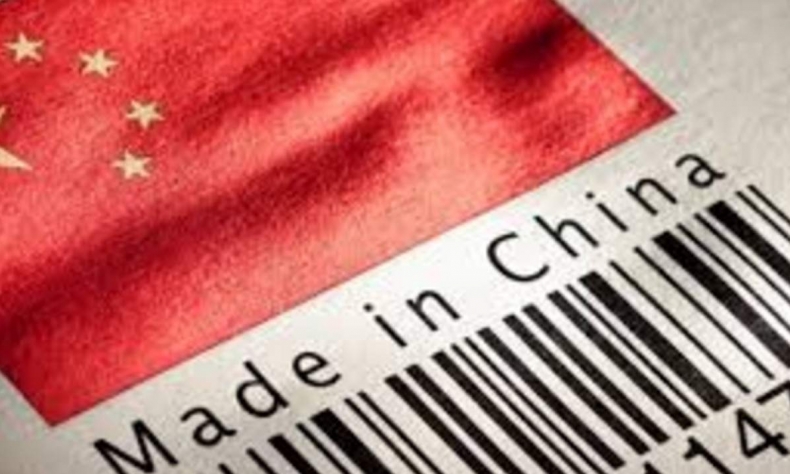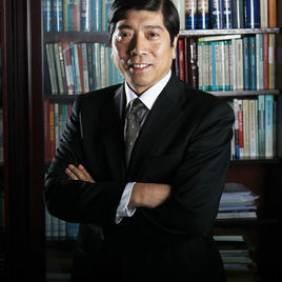China Accelerates All-Round Opening-Up

The Central Economic Work Conference highlighted the importance of three baseline tasks and eight major tasks, and made specific requirements to lay down the critical foundations and guarantee for the economic work for the coming year and future years.
At the Central Economic Work Conference last month, a comprehensive plan and specific requirements for work in 2018 were put forward, and Xi’s Thought on a Socialist Economy with Chinese Characteristics was also proposed for the first time, with the emphasis on China’s economy transforming from high speed growth to high quality development.
The conference highlighted the importance of three baseline tasks and eight major tasks, and made specific requirements to lay down the critical foundations and guarantee for the economic work for the coming year and future years.
The Constraints and Obstacle to Opening-up
Followings are suggestions on accelerated all-round opening up.
First, the central government reiterate specific requirements for all-round opening-up in the eight key tasks. This explicit emphasis following the 19th CPC National Congress fully demonstrates the importance the Chinese government attaches to opening-up.
The requirements are more pertinent and feasible this time. For example, the e scope and level of opening-up will be further expanded, and the concept and ideas, structural arrangements and institutional mechanisms of opening-up will be further developed.
The focus is more on the second point since it is not too difficult to expand the scope and level of opening-up at this phase; however, it is still very difficult to truly meet the requirements of opening-up in concept and ideas, structural arrangements and institutional mechanisms.
For example, even though China has repeatedly called for the opening-up of high-end manufacturing industry and the further opening-up of service sector actual progress remains less satisfactory. The recently announced policies of opening-up in financial insurance and investment reflect the expansion of opening-up, while altering shareholding rules and reducing stock ratio limits are also included in increasing the level of opening.
However, this is not enough. Barriers to concepts and institutional mechanisms of opening-up will also be broken down. In actual work, the real constraints and obstacle to opening-up come from conservative mentality among the officials and the institutional mechanisms in the management departments hampering actual development. Only when real problems are properly addressed can the work of further opening-up be fully implemented with actual effects.
Easing Orderly Market Access
The orderly relaxation of control over market access was also proposed at the conference to fully implement the management mode of pre-establishment national treatment plus negative list, and to continue shortening the negative list, improving the relevant laws on foreign investment, and strengthening intellectual property rights protection.
There are two points worth special mentioning here:
First, orderly market access should be eased in different steps and in the right phase.
Secondly, the management mode of pre-establishment national treatment plus negative list should be implemented properly and not in a perfunctory manner. Under unified deployment of the central government, the principle of this management model will be implemented uniformly across China by next year.
The full implementation of this management model indicates that China is entering a new phase of high-level opening up.
We must also pay special attention to improving the business environment to make it open, transparent, and law-based. Therefore, the central government places special emphasis on improving laws relating to foreign investment and strengthening the protection of intellectual property rights.
Only when this work is complete will the environment in China be more attractive to foreign investment, which will not only be beneficial to economic growth, but also be more effective in countering any impact caused by the U.S. tax cuts.
Promote Trade Balance
Thirdly, China’s determination to work towards balanced trade is a high-level international trade policy in the new era, requiring precise planning and careful implementation.
China’s trade policies have gone through a serious of development stages since the reform and opening up. These began with expanding exports, followed by stimulating exports by importation, import substitution, and emphasizing export competitiveness. China’s foreign trade has played a positive role at different stages and has made a significant contribution to the industrialization process and to national economic development.
In this changing international and domestic situation, the balanced development of trade is the target of China’s central government policies. Under balanced trade development, China’s domestic and external trade policy – to stimulate proactive expansion through the quality and added-value of exports – is a rational one.
The work arrangements and requirements set forth at the Central Economic Work Conference are well adapted to China’s current national conditions. The guiding ideology, principles and specific requirements proposed by the central government indicate that many weaknesses still exist at this phase, and they need to be addressed in order to achieve all-round opening-up in 2018.
(By Huo Jianguo, Vice-Chariman of China Society for World Trade Organization Studies)
 Facebook
Facebook
 Twitter
Twitter
 Linkedin
Linkedin
 Google +
Google +




